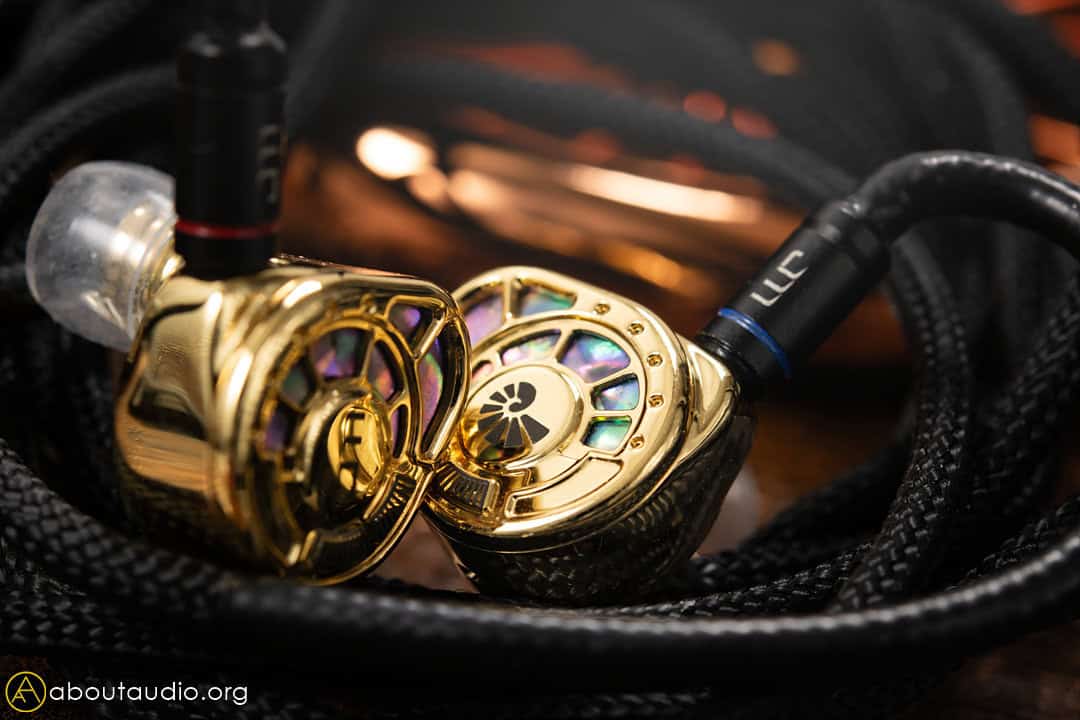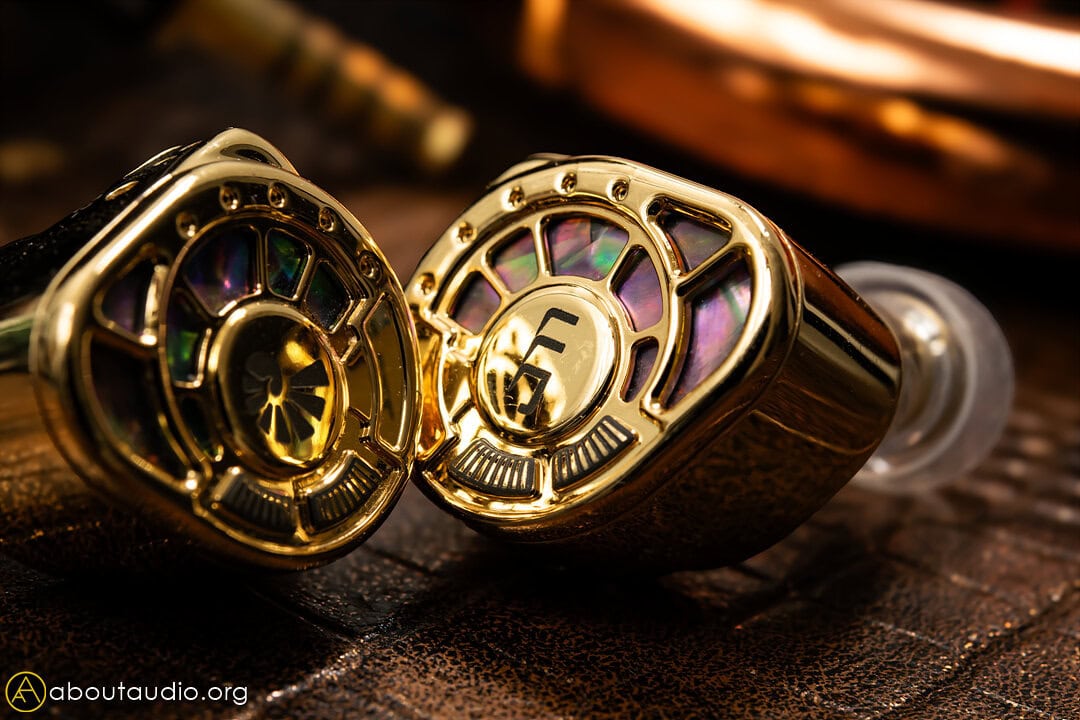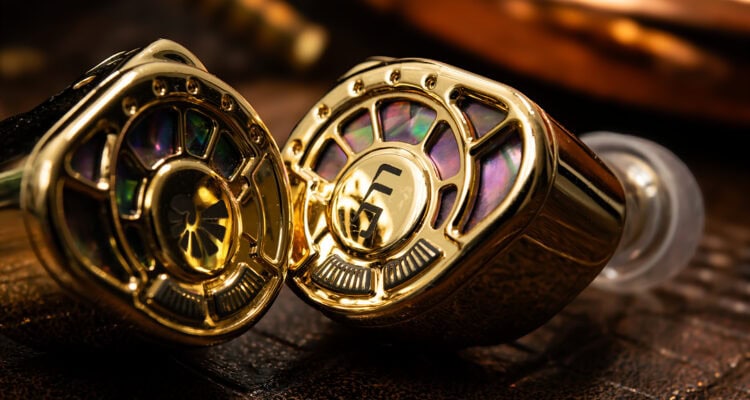
Jomo Audio Nautilus Review: The Sub-Kilo Endgame
Being one of the earliest premium custom in-ear brands, Jomo Audio has been offering various earphones since 2015. While most of his creations were mostly focused on flagship-priced IEMs, Jomo started to provide more budget-friendly products in recent days, mainly starting with the launch of the Jomo Audio Nautilus ($800). Many may have already heard about the Nautilus, as it’s been stirring up quite some attention for those looking for a sub $1k flagship IEM.
To build upon the positive reaction to Nautilus, released in 2025, this year Jomo has announced Nautic Gleam ($550) and Nautic Stellar ($2,600), expanding the Nautic family. For now, and without further ado, let’s see how Nautilus sounds and performs against its current competing IEMs. Let’s revisit Nautilus and go through its features, see how it performs, and compare it with other popular IEMs within this price range.


Earpieces / Cable
Nautilus 4-driver tribrid IEM, but not your usual driver combination – it uses a 1DD+2PLN+2BC setup. A 10mm Nanodiamond-coated DLC dynamic driver for full-range,1 custom 6mm planar driver for highs, and 2 Sonion bone conductors for the mids. These drivers are housed in a specially designed 3D chamber with a 3-way C.S.U. (CrossSync Uniphase) crossover. The earpieces are made of CNC Gold-plated brass shells with the “Natural Mother-of-pearl” faceplate inlay, which is a pearl color that is more layered and colorful than the usual ones we know.
The stock cable comes in with 2pin-4.4 mm termination with nylon fabric shieldings. While the cable is on the thicker side, handling the wires is decent. It’s not the most stealthy cable, but not stiff or thick to the extent of causing microphonics. The cable is made of premium 21AWG OCC Copper Wires with metal components.

Sound Impressions: Bass
For an overall glance of the sound, Nautilus has a fatigue-free, gently v-shaped sound signature with spatial and big headroom. Nautilus is rich in bass with a prominent quantity and full-bodied thickness. Despite the thickness, the bass layers evenly across the low frequency range, keeping the bass field clean and not bloated or stuffed. A strength of Nautilus’ lows is its vibration. A full-on rich, lively vibration that you could feel the ringing energy and depth.
The bass reverbs linger thoroughly for the strike and decay, allowing to get all the taste from the bass while keeping the bass tightly controlled and agile. The great part is that it doesn’t get excessive at all, hence I say Nautilus is “v” shaped instead of the upper case. Well, the bass quantity is more like between being v-shaped and V-shaped, being stronger than those slightly elevated from flat, but definitely not as much as basshead IEMs.

Sound Impressions: Vocals / Trebles
While I’ve mentioned Nautilus as a v-shaped IEM, the mid-range does not fall behind in performance or resolution. This is a good example of how just because vocals aren’t purposely pulled forward doesn’t mean vocals are veiled or fall short in technicality. Vocals are surprisingly detailed and resolving despite sounding so smooth and creamy.
Mids scale exceptionally large; you can consider as a similar situation for some IEMs with big bass, but for Nautilus, it’s more like big vocals, although bass is also very full-bodied and large. I must also mention that Nautilus does a nice job controlling the reverbs as the vocals scale, preventing them from sounding muddy or too soft.

Continuing on Vocals / Trebles
Another charming point of Nautilus is the timbre; it has a neutral-warm temperature with air and a silvery touch on the upper ends. The creamy, organic, and warm for the lower mids, combined with just the right amount of airiness and transparency for the upper mids, form a nice tonal balance that is both fatigue-free and crystal clear.
These days, the IEM market is all about pushing resolution and treble extension, and most brands lean heavily on that in their marketing. That’s fine, but it’s also led to a trend where treble gets boosted more aggressively. The downside is that the sound could potentially end up fatiguing, sharp, or shrill, and sometimes the texture just feels off or uneven. One thing I’ve consistently noticed from Jomo Audio is how well they handle the trebles, especially in tone and textures.
Next Page: Comparisons with different IEMs / Verdicts


